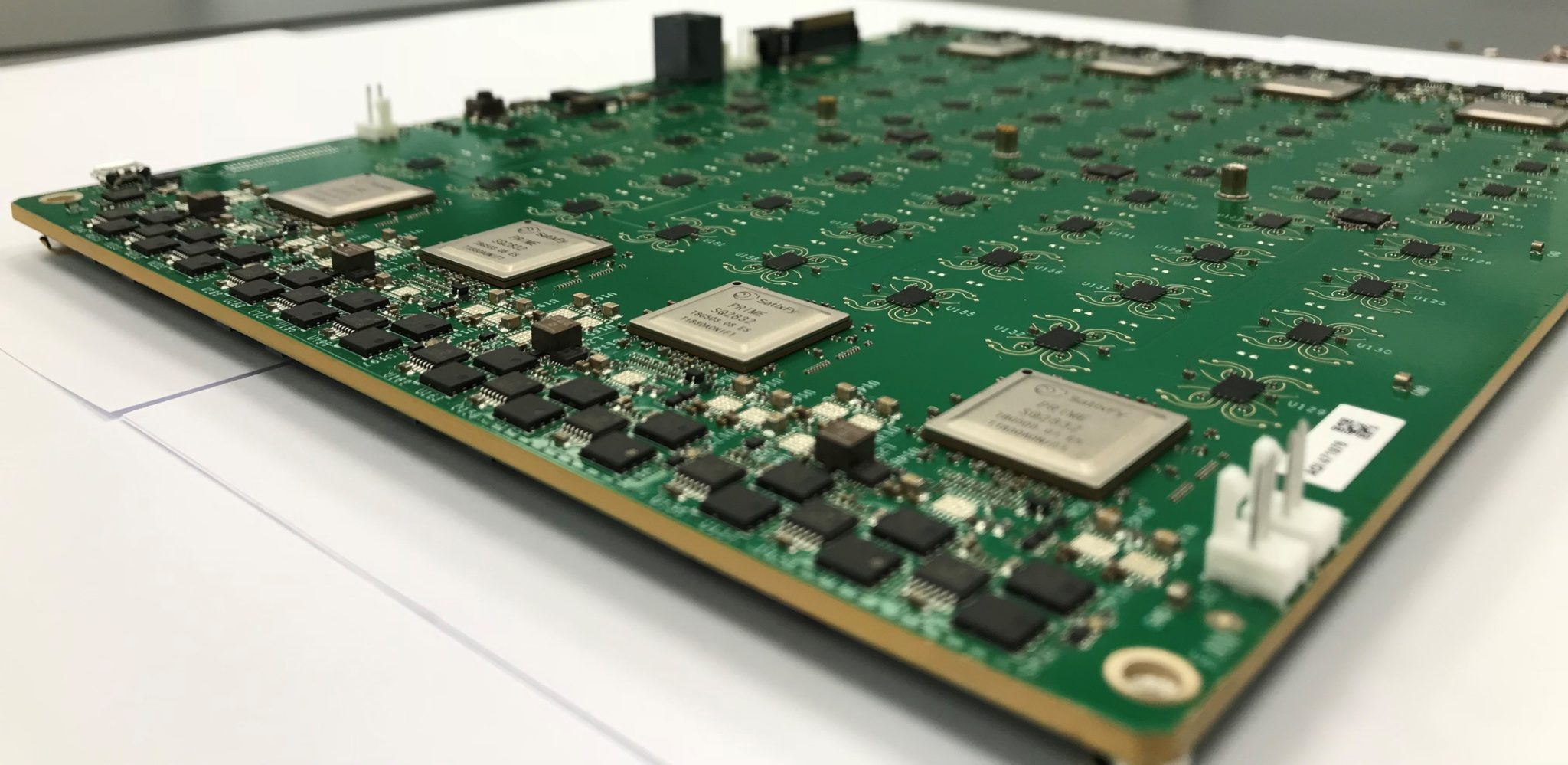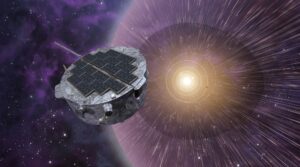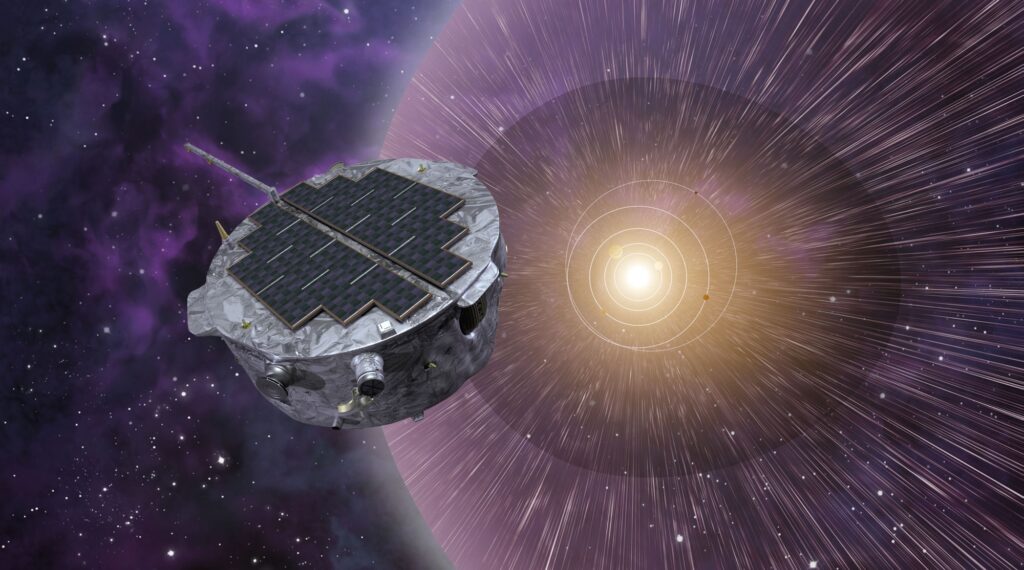India returns Chandrayaan-3 propulsion module to Earth orbit
Tuesday, 05 December 2023 02:51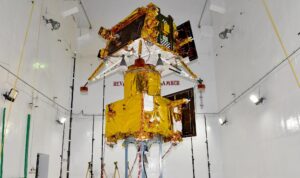
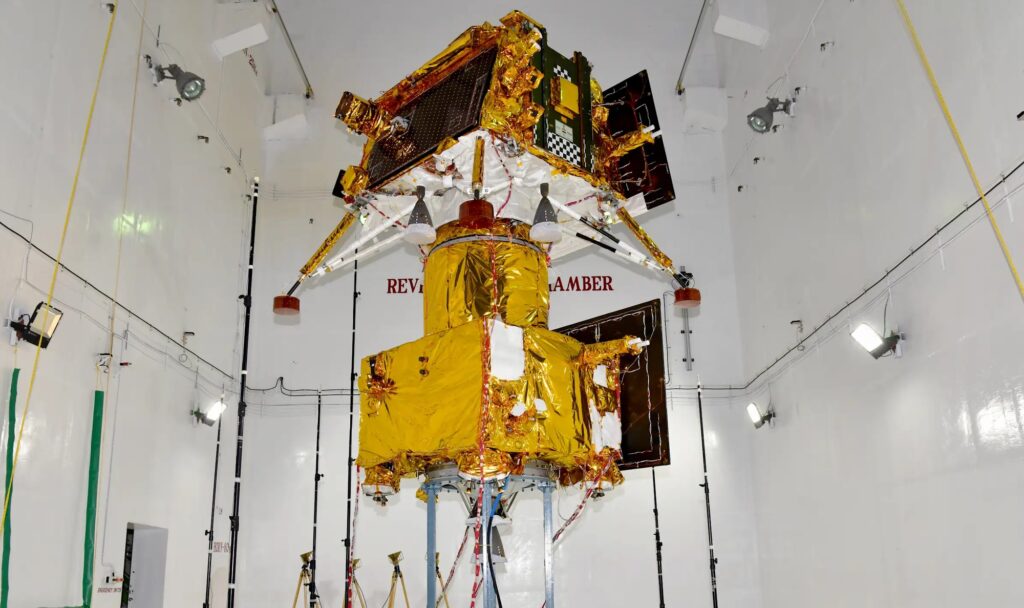
Industry report: Demand for satellites is rising but not skyrocketing
Monday, 04 December 2023 21:15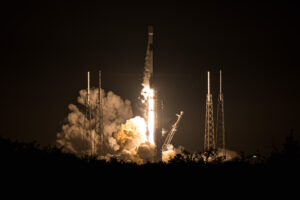
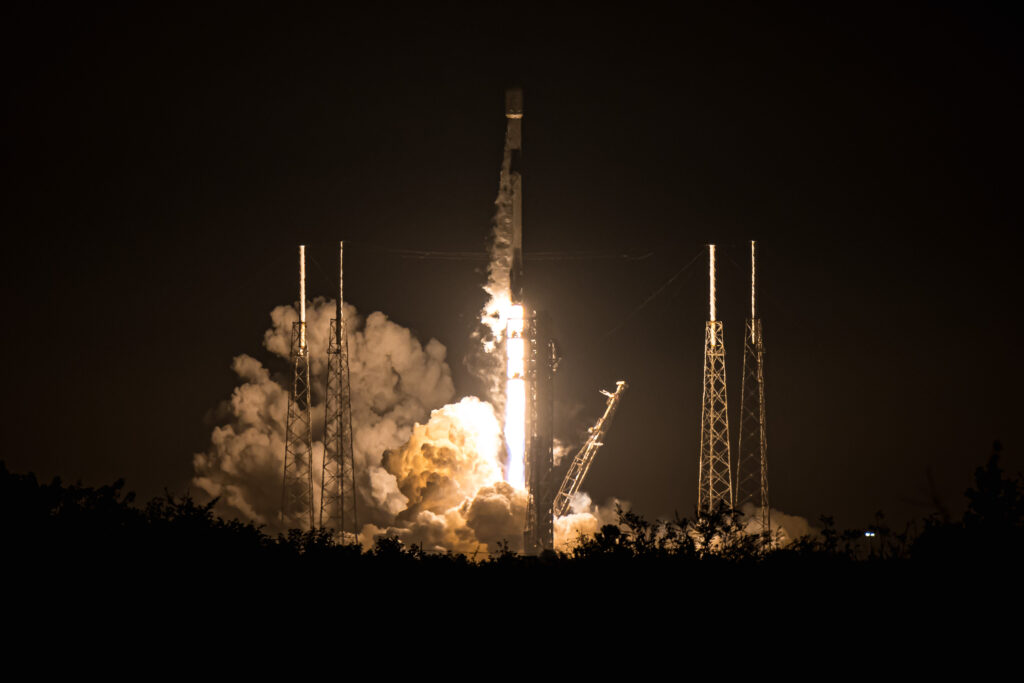
York reveals latest commercial space-as-a-service mission
Monday, 04 December 2023 18:01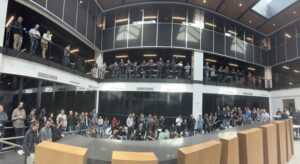
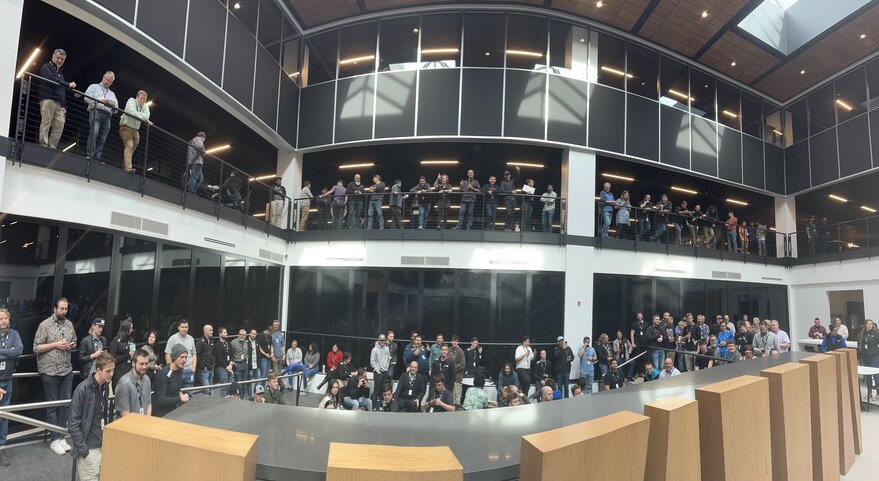
Huginn inflight call with Andreas Mogensen and ESERO Denmark, Sweden, Norway and Finland
Monday, 04 December 2023 14:43 Video:
00:20:11
Video:
00:20:11
ESA astronaut Andreas Mogensen called several ESERO establishments in Denmark, Sweden, Norway, and Finland where over 1000 students were waiting to ask questions about life in space and how science on the International Space Station can benefit life on Earth. Check it out to learn more about how water is recycled on the Space Station and what you need to be a good astronaut.
ESA and UNEP collaborate for a greener future
Monday, 04 December 2023 09:56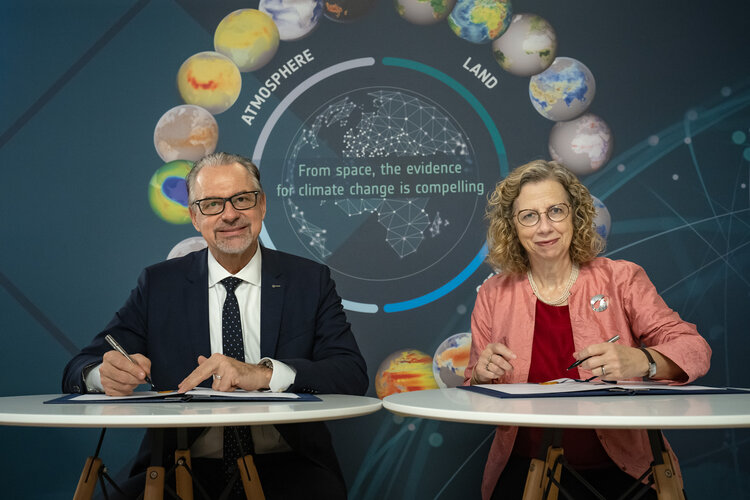
In a significant step towards a more sustainable future, ESA and the United Nations Environment Programme (UNEP) have signed a Memorandum of Understanding during Earth Information Day at COP28 currently taking place in Dubai.
The memorandum signifies a commitment to harness the power of space technology and data for environmental conservation, nature and biodiversity protection and restoration.
Contract secures next step for TRUTHS climate mission
Monday, 04 December 2023 09:00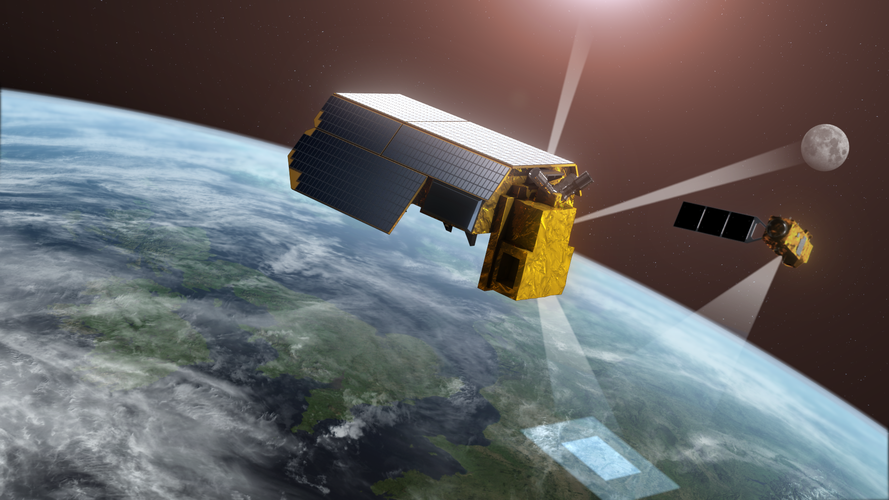
Delegates from around 200 countries are convened at the United Nations COP28 summit in Dubai to assess the action they are taking to combat the climate crisis. With satellites fundamental to understanding and monitoring climate change, ESA has awarded a contract to Airbus to take the TRUTHS satellite mission to its next development phase.
TRUTHS is set to provide the gold reference for climate measurements, thereby giving decision-makers more confidence in the data they use for climate action.
Space Transportation future logo
Monday, 04 December 2023 05:10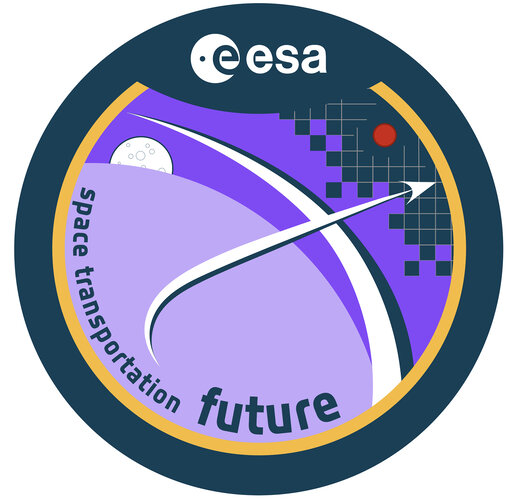 Image:
Space Transportation future logo
Image:
Space Transportation future logo OTV-7 Mission: X-37B to Embark on Pioneering SpaceX Falcon Heavy Flight
Sunday, 03 December 2023 05:35 The Department of the Air Force Rapid Capabilities Office, in collaboration with the United States Space Force (USSF) and SpaceX, is in the final stages of preparation for the launch of the seventh mission of the X-37B Orbital Test Vehicle, known as OTV-7. Scheduled for December 10, 2023, this mission, designated USSF-52, marks a significant milestone in the history of U.S. military space operat
The Department of the Air Force Rapid Capabilities Office, in collaboration with the United States Space Force (USSF) and SpaceX, is in the final stages of preparation for the launch of the seventh mission of the X-37B Orbital Test Vehicle, known as OTV-7. Scheduled for December 10, 2023, this mission, designated USSF-52, marks a significant milestone in the history of U.S. military space operat With a quantum "squeeze," clocks could keep even more precise time
Sunday, 03 December 2023 05:35 The practice of keeping time hinges on stable oscillations. In a grandfather clock, the length of a second is marked by a single swing of the pendulum. In a digital watch, the vibrations of a quartz crystal mark much smaller fractions of time. And in atomic clocks, the world's state-of-the-art timekeepers, the oscillations of a laser beam stimulate atoms to vibrate at 9.2 billion times per secon
The practice of keeping time hinges on stable oscillations. In a grandfather clock, the length of a second is marked by a single swing of the pendulum. In a digital watch, the vibrations of a quartz crystal mark much smaller fractions of time. And in atomic clocks, the world's state-of-the-art timekeepers, the oscillations of a laser beam stimulate atoms to vibrate at 9.2 billion times per secon North Korea threatens to 'destroy' US spy satellites
Sunday, 03 December 2023 05:35 North Korea warned Saturday it would "destroy" US spy satellites if Washington tries "any attack" on its space asset, after Pyongyang launched its first military eye in the sky last week.
A spokesman for the North's defence ministry said it would consider such a move a "declaration of war", according to a statement carried by the state-run Korean Central News Agency.
The statement came a
North Korea warned Saturday it would "destroy" US spy satellites if Washington tries "any attack" on its space asset, after Pyongyang launched its first military eye in the sky last week.
A spokesman for the North's defence ministry said it would consider such a move a "declaration of war", according to a statement carried by the state-run Korean Central News Agency.
The statement came a Google's 'A Passage of Water' Brings NASA's Water Data to Life
Sunday, 03 December 2023 05:35 As part of the long-standing partnership between NASA and Google, NASA worked with Google Arts and Culture and artist Yiyun Kang to create an interactive digital experience around global freshwater resources titled "A Passage of Water." This immersive experience leverages data from the Gravity Recovery and Climate Experiment (GRACE) satellites and new high-resolution data from the Surface Water
As part of the long-standing partnership between NASA and Google, NASA worked with Google Arts and Culture and artist Yiyun Kang to create an interactive digital experience around global freshwater resources titled "A Passage of Water." This immersive experience leverages data from the Gravity Recovery and Climate Experiment (GRACE) satellites and new high-resolution data from the Surface Water OSIRIS-APEX to fly closer to Sun to reach Asteroid Apophis
Sunday, 03 December 2023 02:30 Reinvented as NASA's OSIRIS-APEX, the spacecraft formerly known as OSIRIS-REx is about to face the first major test of its mission to asteroid Apophis: it will fly closer to the Sun than ever before, exposing its components to higher temperatures than they were designed to endure.
At its closest approach (known as its perihelion) on Jan. 2, 2024, OSIRIS-APEX will be about 46.5 million mile
Reinvented as NASA's OSIRIS-APEX, the spacecraft formerly known as OSIRIS-REx is about to face the first major test of its mission to asteroid Apophis: it will fly closer to the Sun than ever before, exposing its components to higher temperatures than they were designed to endure.
At its closest approach (known as its perihelion) on Jan. 2, 2024, OSIRIS-APEX will be about 46.5 million mile A new possible explanation for the Hubble tension
Sunday, 03 December 2023 02:30 The universe is expanding. How fast it does so is described by the so-called Hubble-Lemaitre constant. But there is a dispute about how big this constant actually is: Different measurement methods provide contradictory values. This so-called "Hubble tension" poses a puzzle for cosmologists. Researchers from the Universities of Bonn and St. Andrews are now proposing a new solution: Using an alter
The universe is expanding. How fast it does so is described by the so-called Hubble-Lemaitre constant. But there is a dispute about how big this constant actually is: Different measurement methods provide contradictory values. This so-called "Hubble tension" poses a puzzle for cosmologists. Researchers from the Universities of Bonn and St. Andrews are now proposing a new solution: Using an alter 


